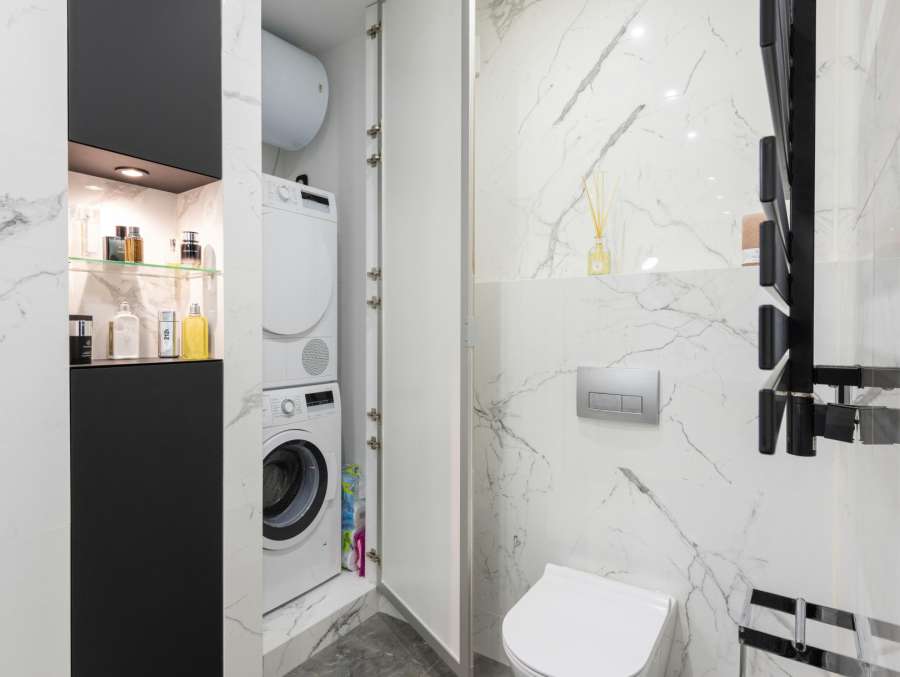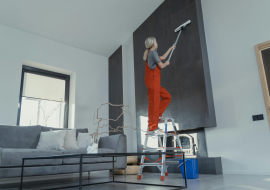What caused the fuses to blow?
Operational Factors Leading to Tripped Circuits When Running a Washing Machine and Air Conditioner Simultaneously

Concurrent use of various household appliances like a washing machine, air conditioner, and sometimes a dryer necessitates vigilant monitoring of the electrical load to prevent power disruptions and manage energy expenses. Investing in electrical enhancements and adopting energy-efficient habits can enhance the operation and safety of these appliances.
Causes of Circuit Breaker Tripping During Joint Operation of Washing Machine and Air Conditioner
An issue frequently encountered by many individuals is the electrical system overload resulting from simultaneous operation of a washing machine and air conditioner, leading to fuse tripping. The primary reason for this issue is the substantial power consumption of both appliances, surpassing the household electrical network's capacity.
Numerous residences have electrical wirings ill-suited for supporting the heavy load generated by multiple appliances running concurrently. Inadequate electrical system capacity can easily trigger fuse or residual-current circuit breaker tripping when energy-intensive devices are used simultaneously.
Moreover, aged or subpar cables can exacerbate the situation. Damaged or worn-out wires may fail to withstand the high load, causing power interruptions.
Resolving Electrical Network Overload Challenges
A straightforward remedy is to avoid simultaneous operation of the washing machine and air conditioner. Staggering the appliance usage can help distribute the electrical load effectively.
Seeking guidance from an electrician to assess and upgrade the electrical wiring can rectify the issue. This process may involve setting up new dedicated circuits for power-hungry appliances. Enhancing the energy efficiency of your residence can also lead to reduced energy costs.
Contemporary circuit breakers aid in managing electrical loads efficiently. These mechanisms automatically cut off power when an overload occurs, safeguarding both the wiring and appliances. Furthermore, installing solar panels can offer additional power supply, lessening dependence on the grid and lowering the likelihood of overloads.
Energy Consumption During Simultaneous Operation of Washing Machine and Dryer
Concurrent use of a washer and dryer can elevate energy usage, consequently increasing electricity bills and potentially causing overloads.
The energy consumption of a washing machine varies based on the chosen wash cycle. Cycles using hot water or intensive programs consume more energy compared to cold water cycles or delicate programs. Opting for a washing machine with a high energy efficiency rating results in lower energy consumption, making it beneficial to invest in a more economical model.
Condenser dryers generally consume more energy than heat pump models, which are more energy-efficient. Irrespective of the type, extended drying cycles lead to higher energy consumption. Therefore, selecting shorter drying cycles and utilizing a humidity sensor, if available, can reduce the energy consumption of your dryer.







